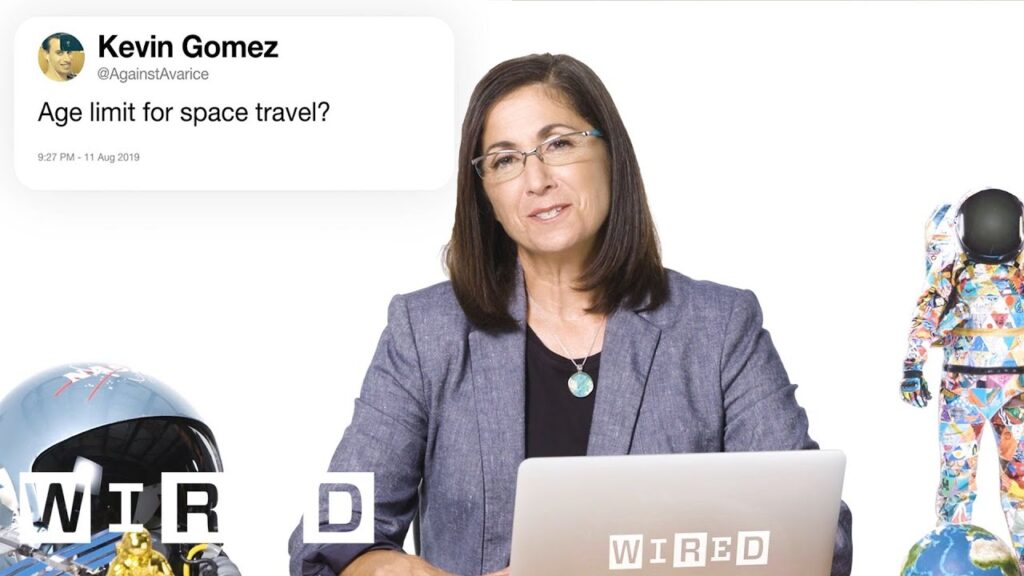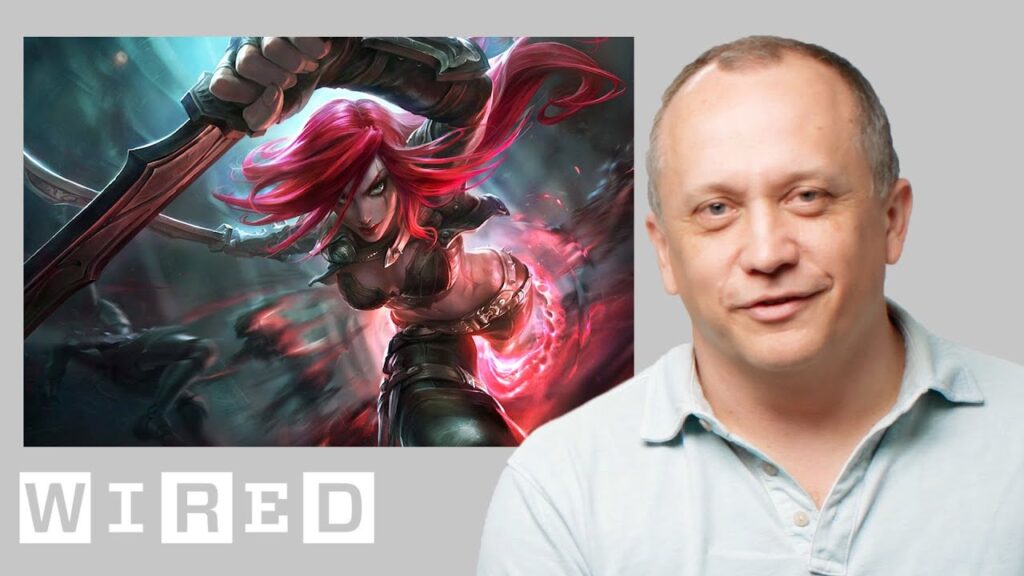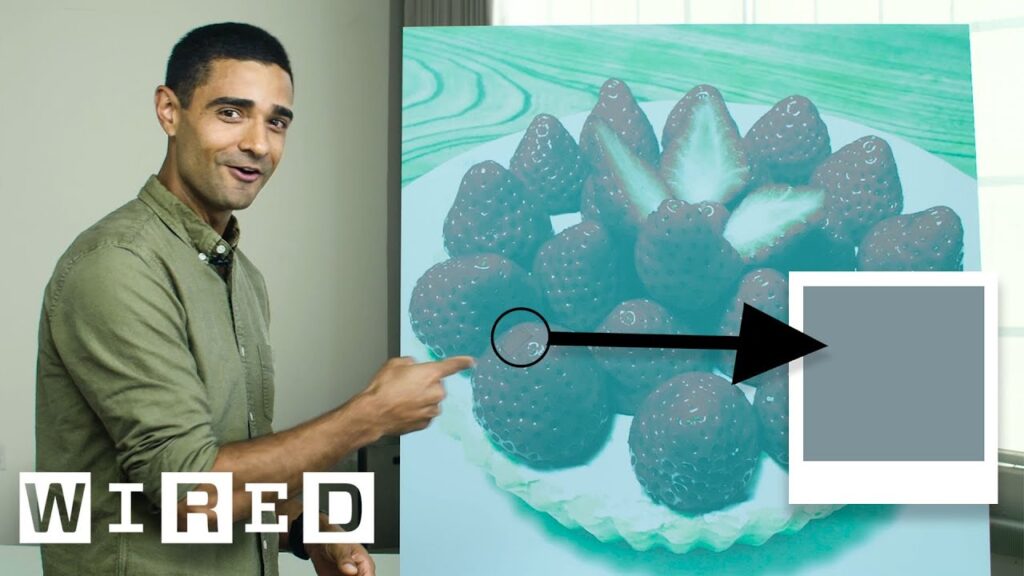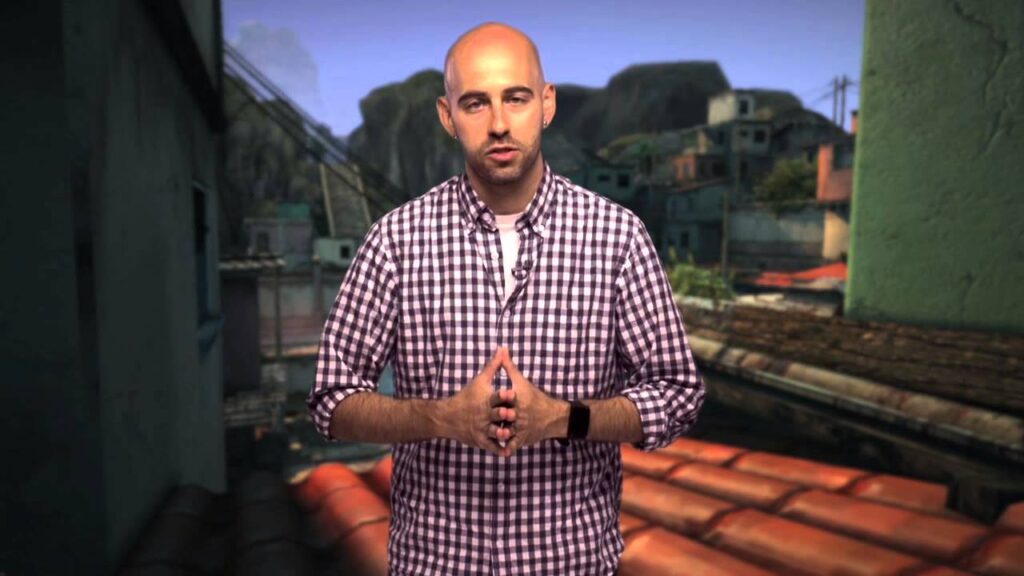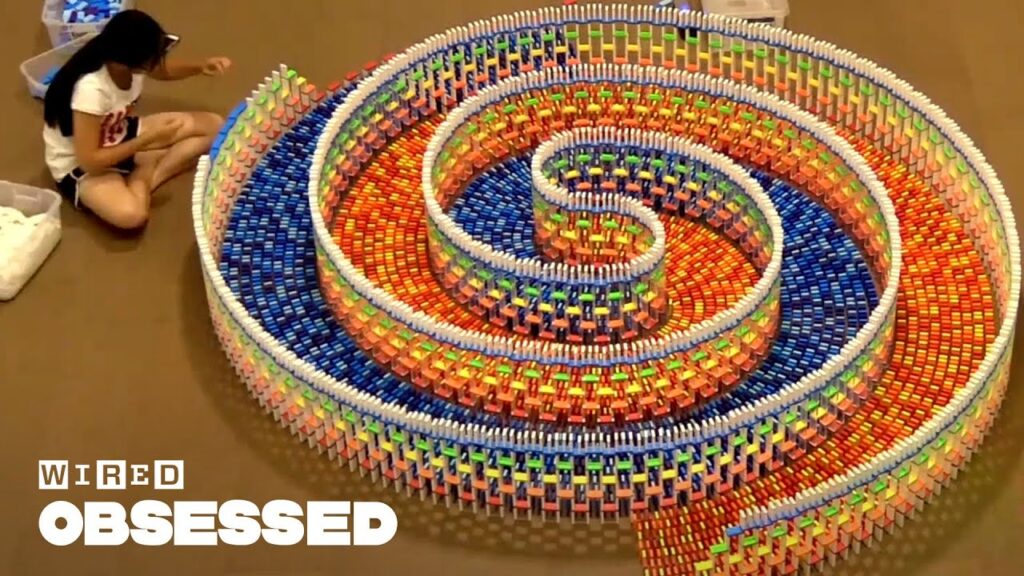Exploring The Planets of Science Fiction
Summary
We explore the planets of science fiction and discover the closest analogs to them in our own solar system. From the icy planet Hoth of Empire Strikes Back to the double planet system of Romulus and Remus in Star Trek, we find similar worlds in the form of Enceladus of Saturn and Pluto and its moon, Charon. While we seek habitable exoplanets, harsh and hostile environments like the planet LV-42 from Aliens are more common in the universe. Our discussion closes with a glimpse into a visual effects artist’s journey into creating special effects for NASA.
Table of Contents:
- Closest Analog to Hoth – Enceladus of Saturn
- Double Planet System – Pluto and Charon
- Harsh Environments – LV-42 and Exoplanets
- Fun Facts – Epsilon Eridan and Babylon 5
- Personal Journey – Visual Effects for NASA
Closest Analog to Hoth – Enceladus of Saturn
Questioner: When we think about icy planets from science fiction, Hoth from Empire Strikes Back comes to mind. Is there a closest analog in our own solar system to Hoth?
Expert: Enceladus of Saturn would be the best analog to Hoth in our solar system. It is a pristine and icy ball with fantastic geysers of ice that spray out into space. Although hospitable as Hoth, Enceladus has its own unique features.
Enceladus has an ocean layer underneath the ice, which makes it intriguing for astrobiology research. NASA’s Cassini mission discovered that geysers from Enceladus contain organic materials and methane, which suggests a subsurface ocean that could potentially sustain life.
Double Planet System – Pluto and Charon
Questioner: In Star Trek, the homeworld of the Romulans is a double planet system. Can such a system exist in the real universe?
Expert: Yes, the idea of two planets orbiting one another is not just science fiction. The dwarf planet Pluto and its moon Charon is a good example of such a system. The two objects orbit around a mutual point in space, which makes it a dual planet system.
Pluto and Charon are also a unique system because they have a lot of other small moons orbiting around them. New Horizons, a spacecraft sent to Pluto, discovered five small moons in the system, adding to the intrigue and complexity of the system.
Harsh Environments – LV-42 and Exoplanets
Questioner: In Aliens, the planet LV-42 is a hostile environment. How similar are exoplanets to LV-42?
Expert: Planets like LV-42 are more typical of exoplanets we find. They are harsh, hostile environments with rocky and terrestrial surfaces. The atmosphere may exist, but it is not necessarily habitable.
Searching for habitable exoplanets is a rare thing, and researchers are looking for planets with a rocky surface, a stable atmosphere like Earth, and the right distance from their star to be in the habitable zone. But so far, we have not found any exoplanets that check all the habitable planet boxes.
Fun Facts – Epsilon Eridani and Babylon 5
Questioner: Are there any fun facts or easter eggs in science about space that you find interesting?
Expert: We recently found evidence of an asteroid belt in the Epsilon Eridani system, which was exciting for me as a Babylon 5 fan. I worked on this finding and was able to include a hint of a silhouette of a shadow vessel, the villains from Babylon 5, in a subtle way in the article on this discovery. I enjoy adding thematically appropriate references into our work from time to time.
Personal Journey – Visual Effects for NASA
Questioner: Can you tell us a little bit about your journey into working as a visual effects artist for NASA?
Expert: As a kid, I loved the idea of being a special effects artist. Today, I am thrilled to work as a visual effects artist for NASA, contributing to their scientific findings and discoveries. Through my work, I am able to communicate complex science ideas in a way that is accessible and easy to understand for the broader audience. It has been an exciting career journey, and I look forward to continuing to do work that is exciting and innovative.
Conclusion
Our exploration of the planets of science fiction has led us to discover exciting analogs in our own solar system. From the icy world of Enceladus to the dual planet system of Pluto and Charon, we see the possibility and complexity of planets beyond our own. While harsh and hostile environments are more typical of exoplanets, researchers continue to search for habitable planets that could potentially sustain life. And for those who enjoy easter eggs and fun facts, science and science fiction can overlap in delightful ways.
